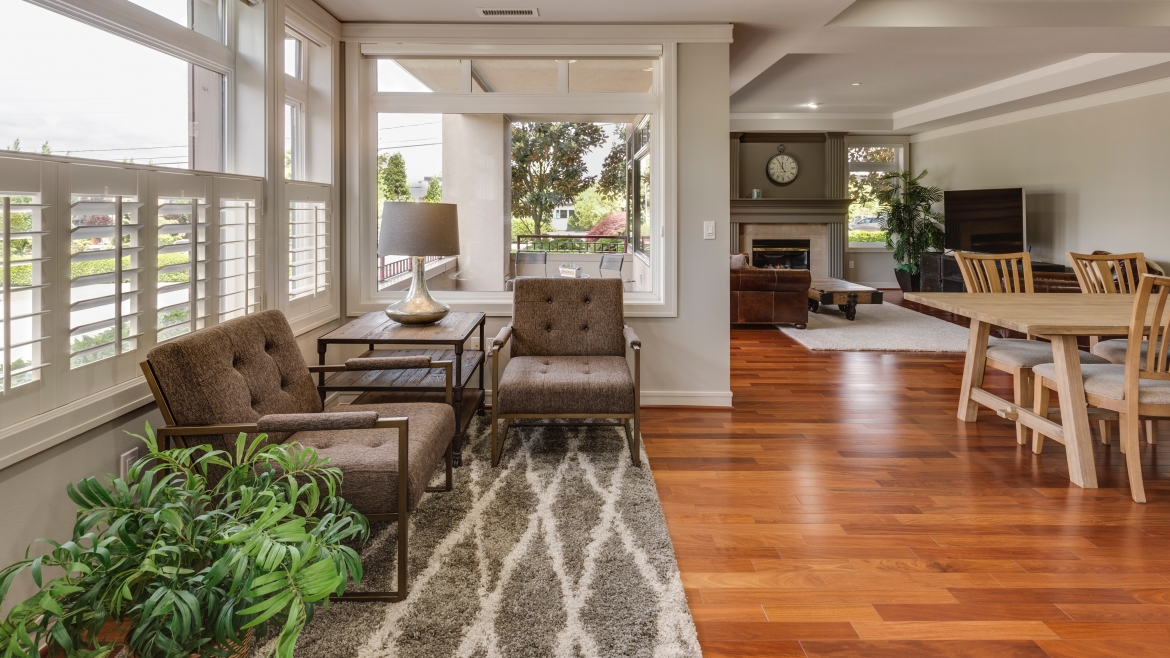Arranging furniture can be a daunting task. When you’re faced with an empty room, filling it in a way that is both practical and aesthetically pleasing can seem like an overwhelming task. Just follow these rules and you’ll find that arranging furniture isn’t so hard after all.
Choose a Focal Point
Sometimes they appear naturally, such as if you have a prominent window or a built-in fireplace mantel, while other times you may need to create them yourself, as with media units and TV. You’ll want to arrange furniture around it as much as possible.
Create Conversation Areas
People should naturally be able to talk to each other without having to crane their necks or shout across the room. Position the sofas and chairs to face each other (not necessarily straight on, but close), and so they are close enough that people can converse without raising their voices. If the room is too large, create multiple conversation areas.
Find Balance When Arranging Furniture
Consider both size and placement of the various pieces, making sure not to group all the large or small pieces in one area or to one side of the room, which can make space feel lopsided and a little unsettling. Also make sure there’s variety in the shapes—if you’ve got straight-lined seating, for example, consider a round coffee table.
Consider Traffic Flow
Make sure there are a couple of feet (give or take a few inches) between the coffee table and sofa, and between chairs. Create a clear path so people can walk from one end of the room to the other without difficulty.
Use the Right-Size Rugs
Area rugs needs to fit under the furniture—all the furniture, if you can manage it. Exposing some flooring around the edges of the room is fine, but when using an area rug, make sure it’s big enough that all the furniture in a seating arrangement can rest on it. At the very least you want the front legs of large pieces to sit on the rug (the backs can be on the floor, if necessary).
Putting It All Together
When it comes to arranging furniture and accessories, it’s best to plan ahead if your plan involves buying new pieces. Either use an online floor planner or old-fashioned graph paper to sketch out your desired floor plan. It’s the only surefire way to know whether or not things will fit the way you want.

